Author: French fries fish
On April 8th, Musk used the Giga Texas grand opening ceremony to tell the world how an excellent press conference should be conducted. If you haven’t had a chance to watch it, you can click on our previous episode below to review.
For Cybertruck, Giga Texas has a profound meaning. It will be mass-produced for the first time at Giga Texas in 2023.
Therefore, Cybertruck occupied the last part of Musk’s speech at this press conference: the climax, and it carried Musk off the stage after he finished the speech.
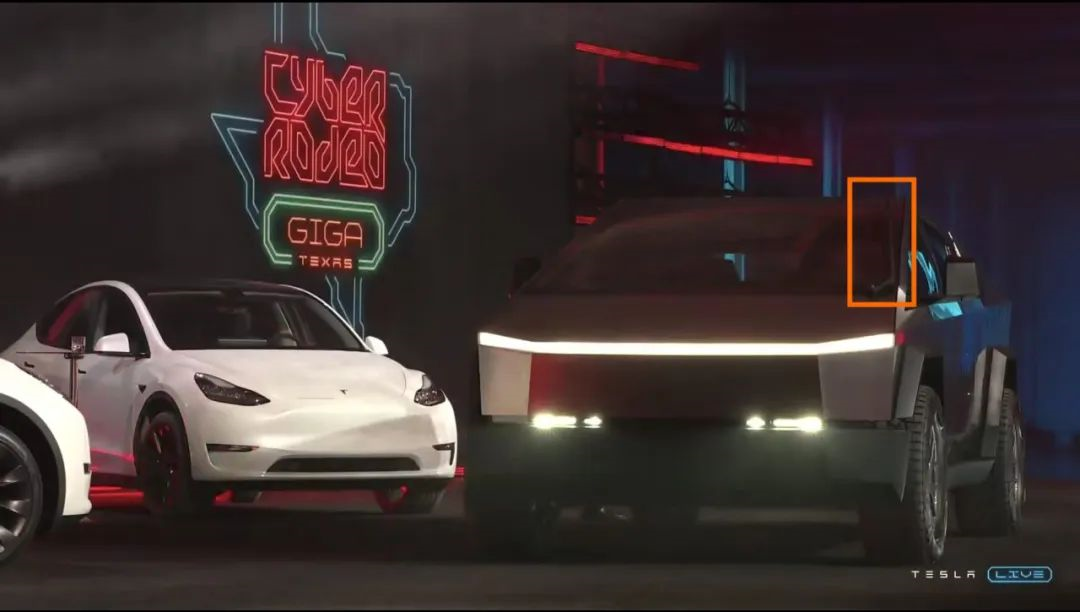
It is worth noting that, compared with the concept car released three years ago, the Cybertruck that appeared on the official stage this time is a version closer to mass production. To meet regulatory restrictions and daily use requirements, it has been equipped with rear-view mirrors and wipers, making its appearance less “cyberpunk.”
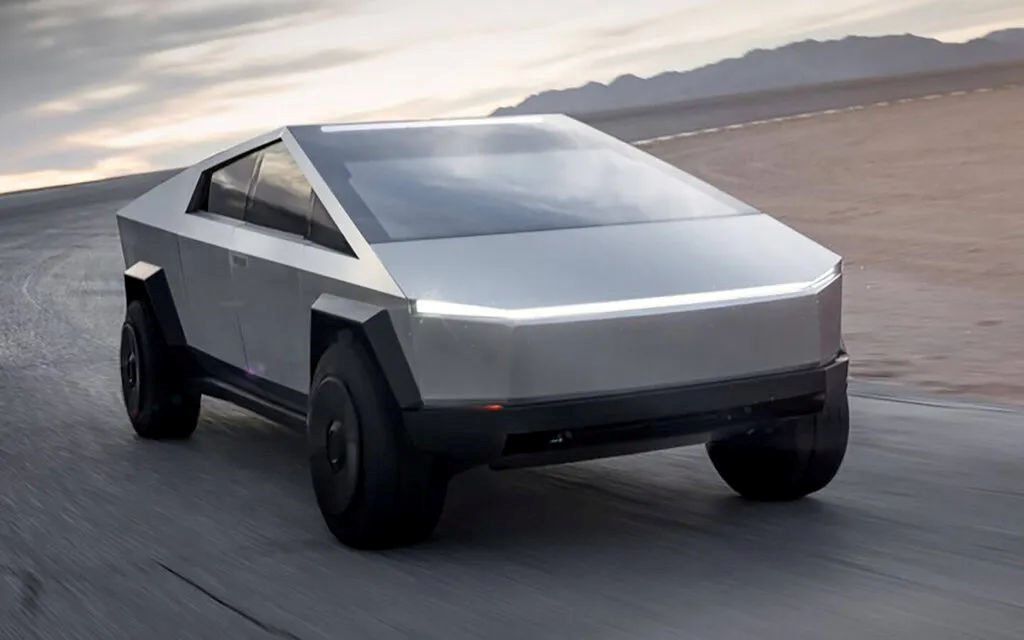
Seeing this, are you looking forward to a “however” to turn the tide? Here it is.
However, this situation is likely to change in the near future. According to the latest patent document released by the US Patent and Trademark Office, Tesla has developed a “laser wiper” technology. If this technology can be put into mass production, Cybertruck may be able to get rid of the clumsy and sturdy wipers.
Is replacing wipers with lasers reliable? This issue of the tech workshop will take you through the realities of the “laser wiper” from the perspective of patent documents.
The limitations of traditional wipers
Glass is one of the indispensable raw materials in modern automobile manufacturing and is widely used in positions such as windshields, side windows, and rear-view mirrors. Due to suspended dust or foreign objects that accidentally splash into the air, these glass products are very easy to accumulate dirt in daily use.Car enthusiasts must have experienced this before. For example, a few days ago, it rained in Beijing and the rainwater mixed with dust in the air to leave mud when it dried on the car’s surface. The car glass is not immune to this “desert camouflage”.
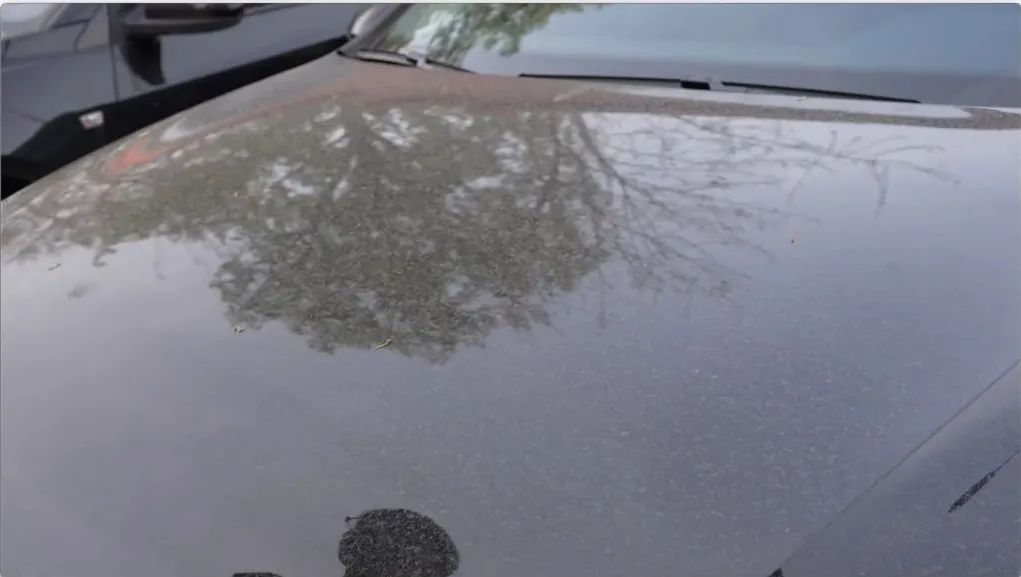
In the era of smart driving, these speckled mud spots not only block the driver’s line of sight but also pose obstacles to cameras for vehicles such as Tesla that adopt a “full vision automatic driving solution”.
For the cameras mounted in front of the windshield, traditional wipers can save the day, but if the grime is thicker and stickier, such as bird droppings, wipers may not work.
As for the cameras arranged on the fender, B-pillar, and tail of the vehicle, there are no corresponding cleaning devices installed in these areas, so users can only manually clean them. Our @常岩 CY, Teacher Chang, has complained on Weibo more than once that his Model 3’s reversing image is often blurred after rain or snow and can only be cleaned by getting off the car to clean the camera manually.
Therefore, we need an all-weather solution.
Laser new choice
Due to the limitations of the structure and shape of the traditional wiper, it is difficult to install it reasonably outside the front and rear windshields. We have seen mini wipers on many car headlights before, but they were quickly eliminated by the industry.
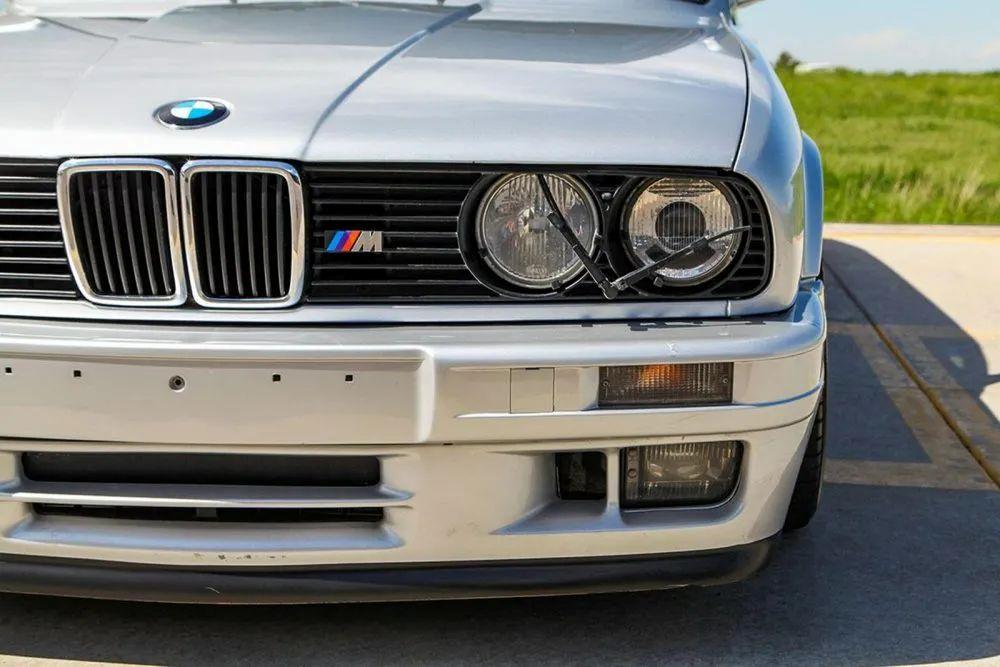
From this perspective, Tesla is not only researching laser wipers for cool apperance. Because the laser wiper is not limited to use only on the front windshield, but in areas where it is difficult to install wipers or spray cleaning devices on the fenders, B-pillars, and other parts, the laser source is relatively more flexible and concealed.
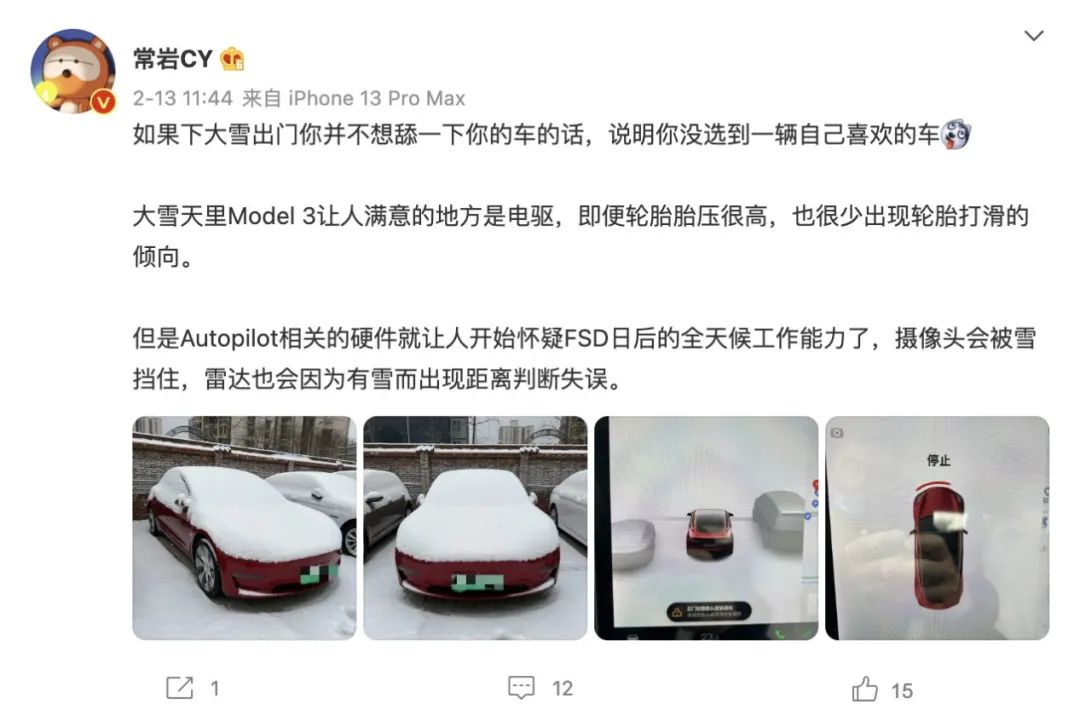
Tesla does have such a design. In this patent application, Tesla uses a Model S as an example to explain the practical application scenarios for laser wipers.
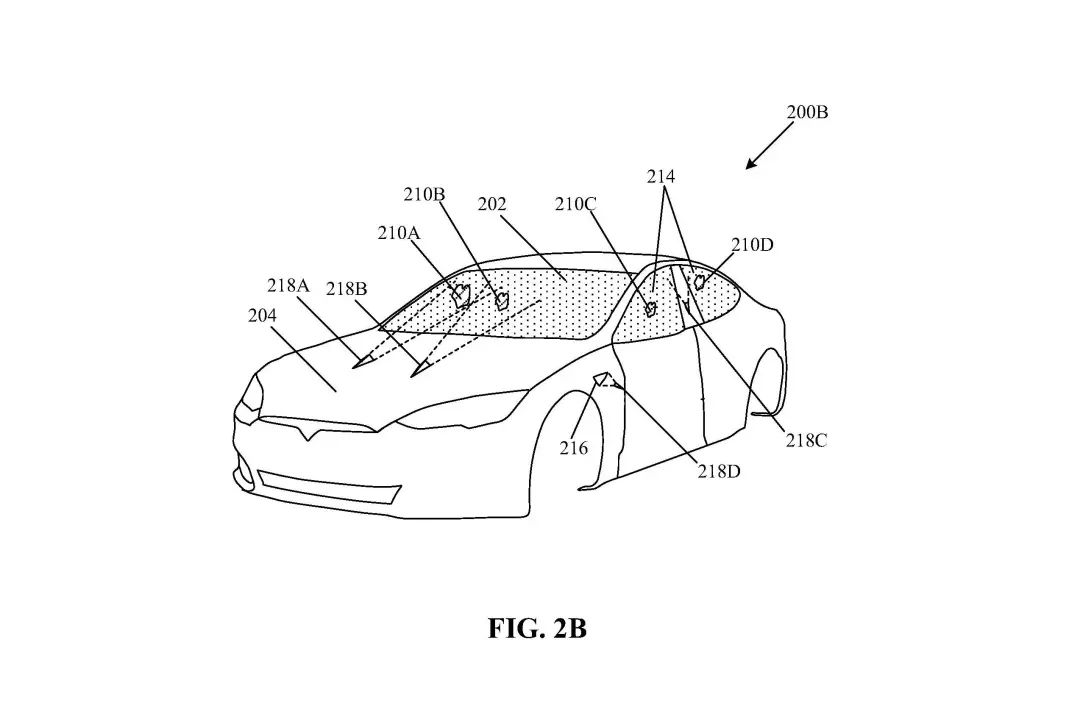
As shown in the figure, Tesla installed two laser sources, 218A and 218B, in front of the vehicle hood to clean the stains 210A and 210B on the front windshield. A laser source 218C is installed on the B-pillar to clean the stains 210C and 210D on the front and rear side windows. Tesla also installed a laser source 218D on the side fender to clean the turn indicator 216.So how does Tesla use lasers to clean stains? Let’s take a look at the patent.
The Secret of Laser Wipers
In this patent document, Tesla outlines laser wipers as:
This is a device for cleaning dirt attached to car glass products using pulsed lasers.
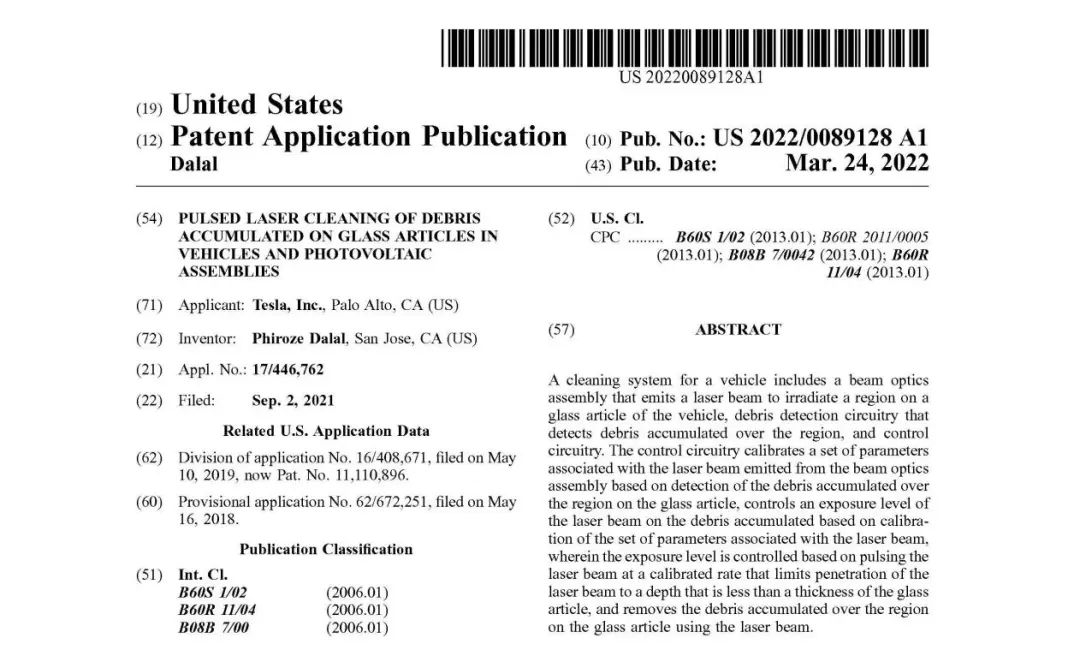
The laser wiper system is mainly composed of electronic control modules, laser generators, beam lens components, dirt detection modules, I/O interfaces, displays and other components.
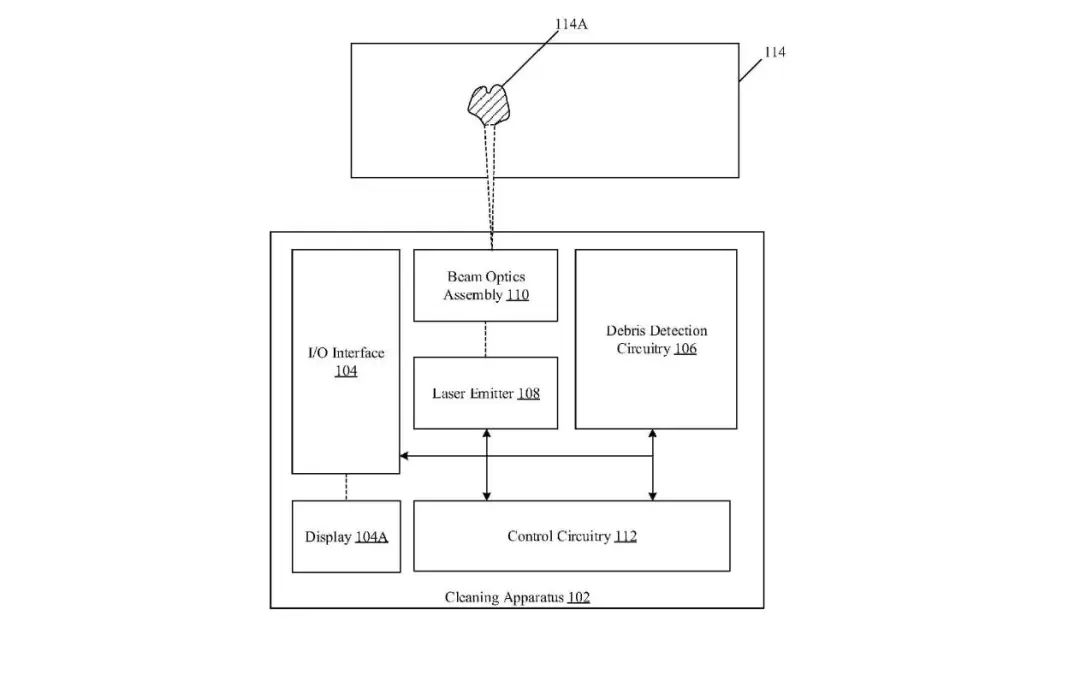
The basic principle of this system is that the dirt detection module first detects whether there is dirt in the corresponding area. After determining the location, the electronic control module controls the laser generator to emit pulsed lasers, and then uses the energy of the pulsed lasers to locate and remove the dirt through the beam lens components.
Common sense tells us that lasers only have higher energy in a concentrated state, which is why there is a dirt detection module. With it, the laser wiper can focus on the dirt area like a precision-guided weapon, improving efficiency.
Because the detection process is so important, Tesla has provided two options.
One is to use vision, which is Tesla’s specialty. The laser wiper can use the installed camera to observe the field of view (FOV) of a specific area and accurately locate the position of these stains on the glass.
This detection method is structurally simple, but if the camera is also blocked by dirt, the laser wiper will be ineffective.

The second is to use a capacitive or resistive transparent detection layer covering the glass surface. Think about our phones. Touching the screen will cause a change in the capacitance or resistance of the corresponding position of the screen, and the phone can track the position of the finger. Similarly, dirt will also cause a change in the capacitance or resistance of the transparent detection layer on the glass.
This method requires a separate hardware layer to be overlaid on the glass to stably detect foreign objects, but this layer of detection hardware may be worn during the daily driving of the vehicle, which is the drawback of this scheme.
Each detection method has its own advantages and disadvantages, and can be freely selected according to the different scenarios in which the laser wiper is located.
After determining the location of the dirt, as shown in the figure below, the electronic control module will control the laser generator 108 to produce a laser beam with corresponding parameters such as wavelength, frequency, and pulse rate, and shines it on the dirt area 210 through the beam lens module 110. Among them, the beam lens module includes a steering component, and this component completes the function of directing the laser to a specific area.
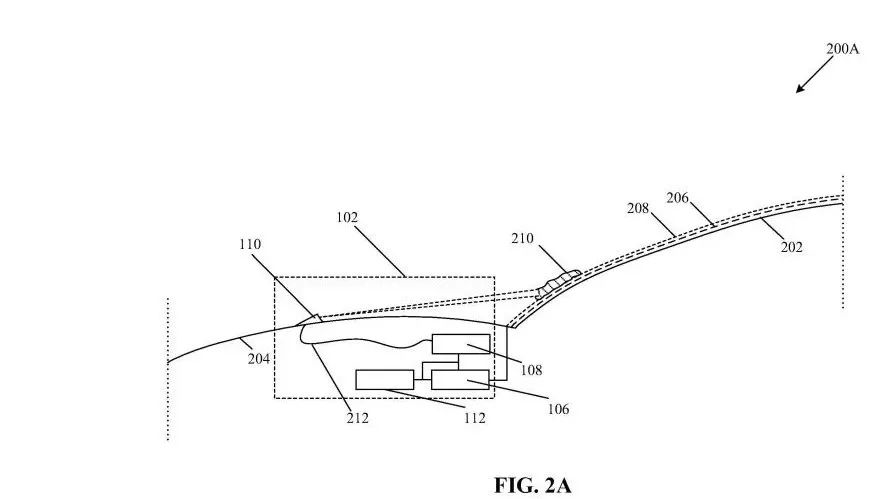
Overall, Tesla’s laser wiper system is somewhat similar to the laser rust removal devices commonly used in industry, except that the target has shifted from rust on metal to stains on glass.
Beyond Patents
Just mentioned “laser rust removal,” and some students may have started to get nervous.
“Can a laser that can remove rust also burn my eyes? Will it damage the glass?”
This kind of concern is unnecessary.
Firstly, the energy of a pulsed laser must be at the set focal point to be effective. In other words, outside this set distance, the laser’s energy isn’t great due to scattering and won’t cause harm to the human body.
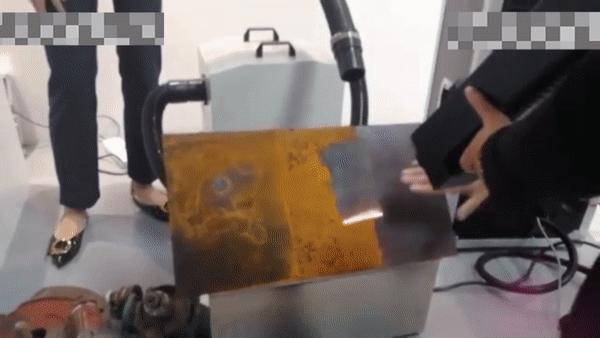
Secondly, Tesla has naturally considered the issue of personal safety.
As mentioned above, the laser source of the laser wiper system can be set with parameters such as wavelength, frequency, and pulse rate. Tesla claims that “this laser beam has been specially calibrated so that its penetration depth will be far less than the thickness of the glass.”
At the same time, Tesla will also apply a layer of “indium tin oxide coating” on the glass, which can isolate or reflect the laser beam to ensure that the laser beam won’t penetrate the glass and enter the car, thereby ensuring the safety of the vehicle’s occupants.
In fact, I have other concerns about the practicality of this Tesla patent.
The energy of a laser is stronger than that of ordinary visible light, but it is still a kind of light, which means that the refractive and reflective properties of light also apply to lasers. When the air is dry, the laser wiper may achieve good cleaning results, but this situation may change when the humidity in the air increases.
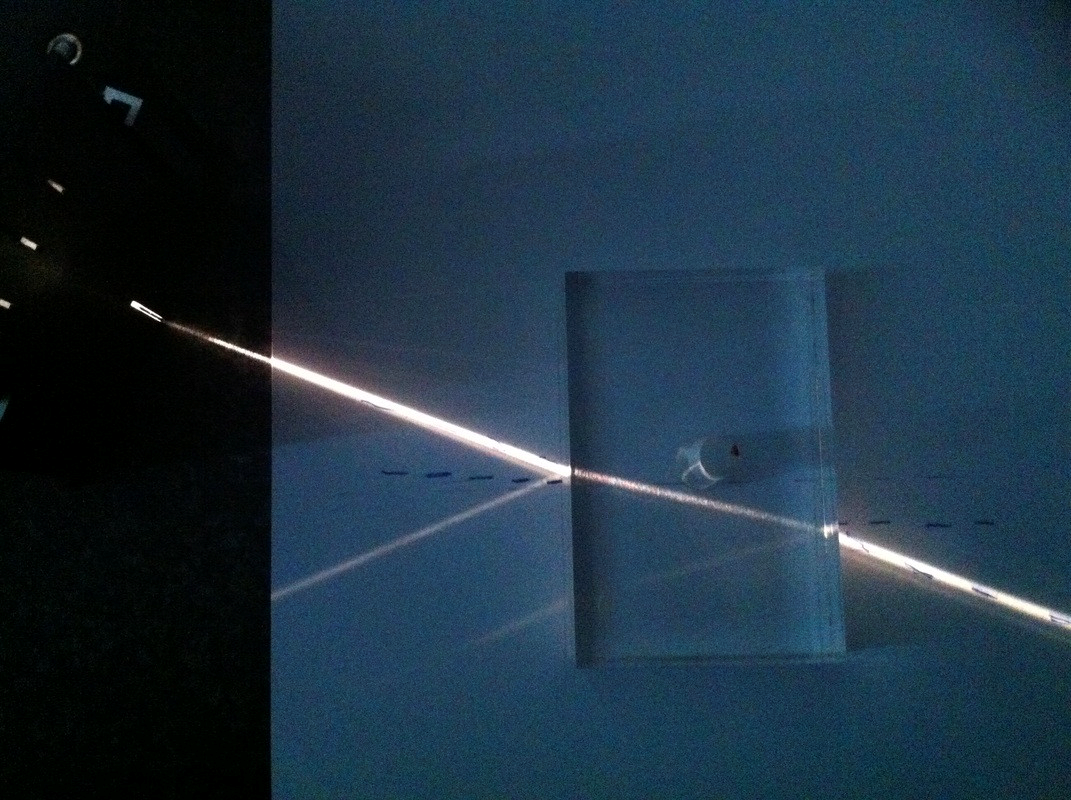
To give a relatively extreme example, when the laser wiper encounters heavy rain weather, the laser may encounter or pass through many small water droplets before reaching the windshield. We can imagine these small water droplets as small glass mirrors, and refraction and reflection can cause the laser to miss the stains.
Moreover, the laser radar may have good cleaning effects on stains in small local areas, but when heavy rain strikes, the entire windshield will be covered with a layer of water, and I do not think that laser wipers can remove all the rainwater from the windshield in a short time.
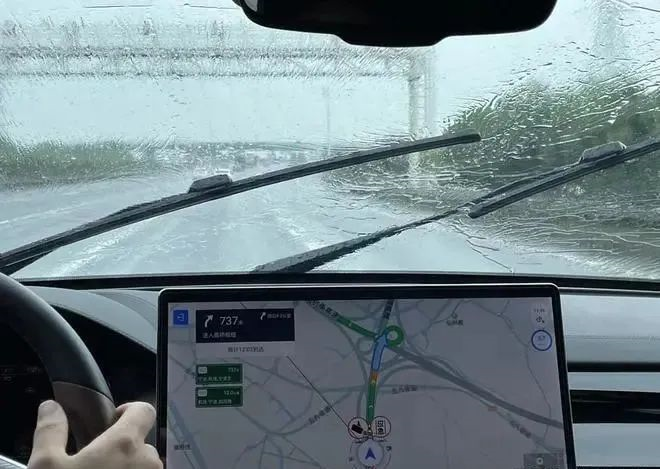 The laser wiper may not be able to remove rainwater in time during heavy rain, which is really embarrassing.
The laser wiper may not be able to remove rainwater in time during heavy rain, which is really embarrassing.
Therefore, colleagues in our editorial department unanimously believe that based on the current performance of the laser wiper in this Tesla patent, it cannot fully take on all the wiper functions. It needs another partner to help it cope with heavy rain weather.
Interestingly, a few days ago, Huawei announced a patent for a car ultrasonic wiper.
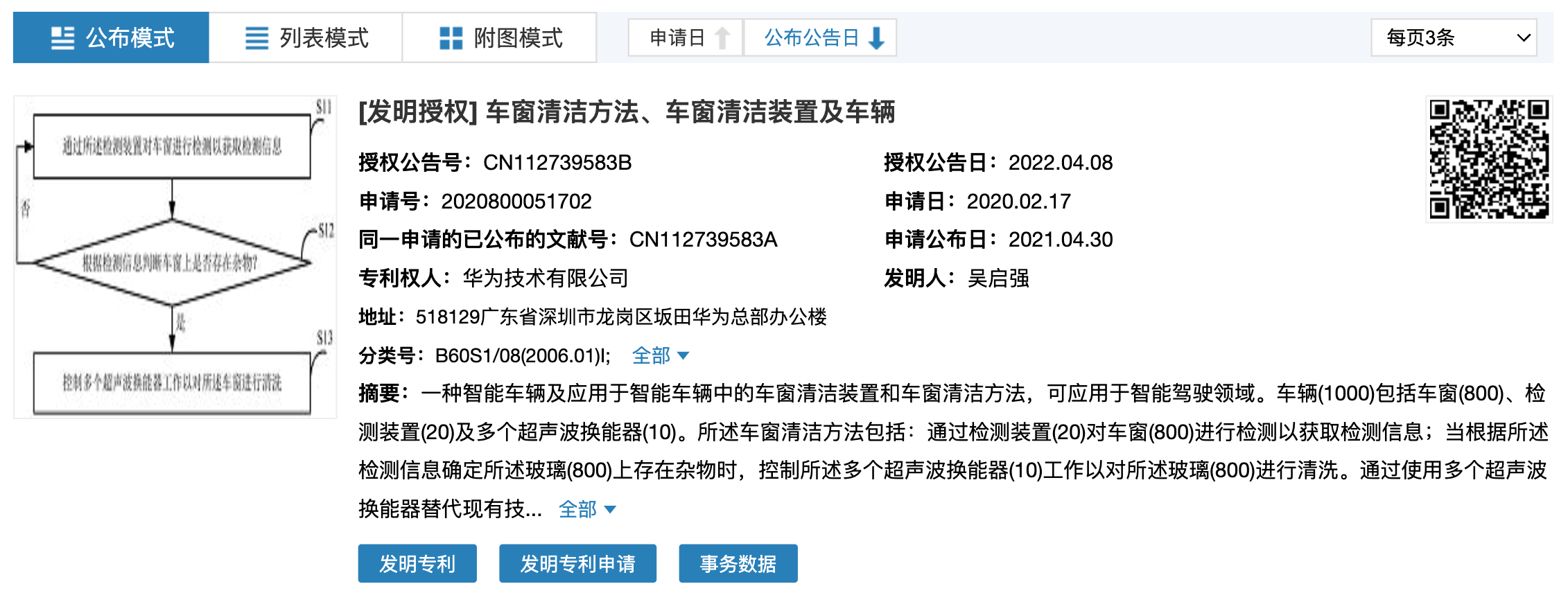
The working principle of the Huawei ultrasonic wiper is to use an ultrasonic transducer (motor) to convert the ultrasonic energy and transmit it to the front windshield. The high-frequency vibration of the ultrasonic wave can shake off the debris on the glass, thus realizing the function of “wiper”.
Compared with the laser wiper, the ultrasonic wiper seems to be better able to cope with heavy rain, which requires large-scale water removal.
Ultrasonic wiper + laser wiper, we are about to kill the traditional wiper that has existed in cars for two hundred years. The feeling of technological innovation replacing tradition is really great.
And the Cybertruck can also restore its original sexy appearance.
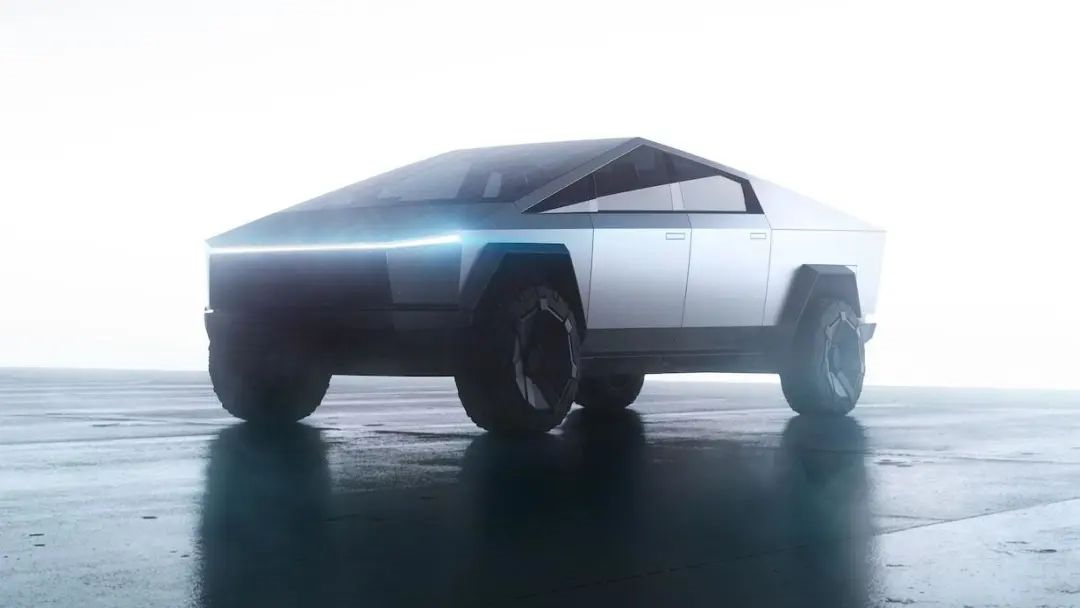
This article is a translation by ChatGPT of a Chinese report from 42HOW. If you have any questions about it, please email bd@42how.com.
